Shared under the Creative Commons - Attribution - ShareAlike 3.0 license.
From the datasheet;
The DRV8880 is a bipolar stepper motor driver for industrial applications. The device has two N-channel power MOSFET H-bridge drivers and a microstepping indexer. The DRV8880 is capable of driving 2.0 A full- scale current or 1.4-A rms current (with proper PCB ground plane for thermal dissipation and at 24 V and TA = 25°C).
AutoTune™ automatically tunes stepper motors for optimal current regulation performance and compensates for motor variation and ageing effects. Additionally slow, fast, and mixed decay modes are available.
The STEP/DIR pins provide a simple control interface. The device can be configured in full-step up to 1/16- step modes. A low-power sleep mode is provided for very low quiescent current standby using a dedicated nSLEEP pin.
Internal protection functions are provided for under voltage, charge pump faults, overcurrent, short- circuits, and over temperature. Fault conditions are indicated by a nFAULT pin.
Update - rev A5 (to match the file iteration). The SPI expander connections have been re-arranged so that Step, Dir & Step Size are all on the same bank. This then allows the values to be updated in a single command allowing synchronous stepping. I've aslo broken out header pins for step and dir on both motors to allow direct control if required.
 David Brown
David Brown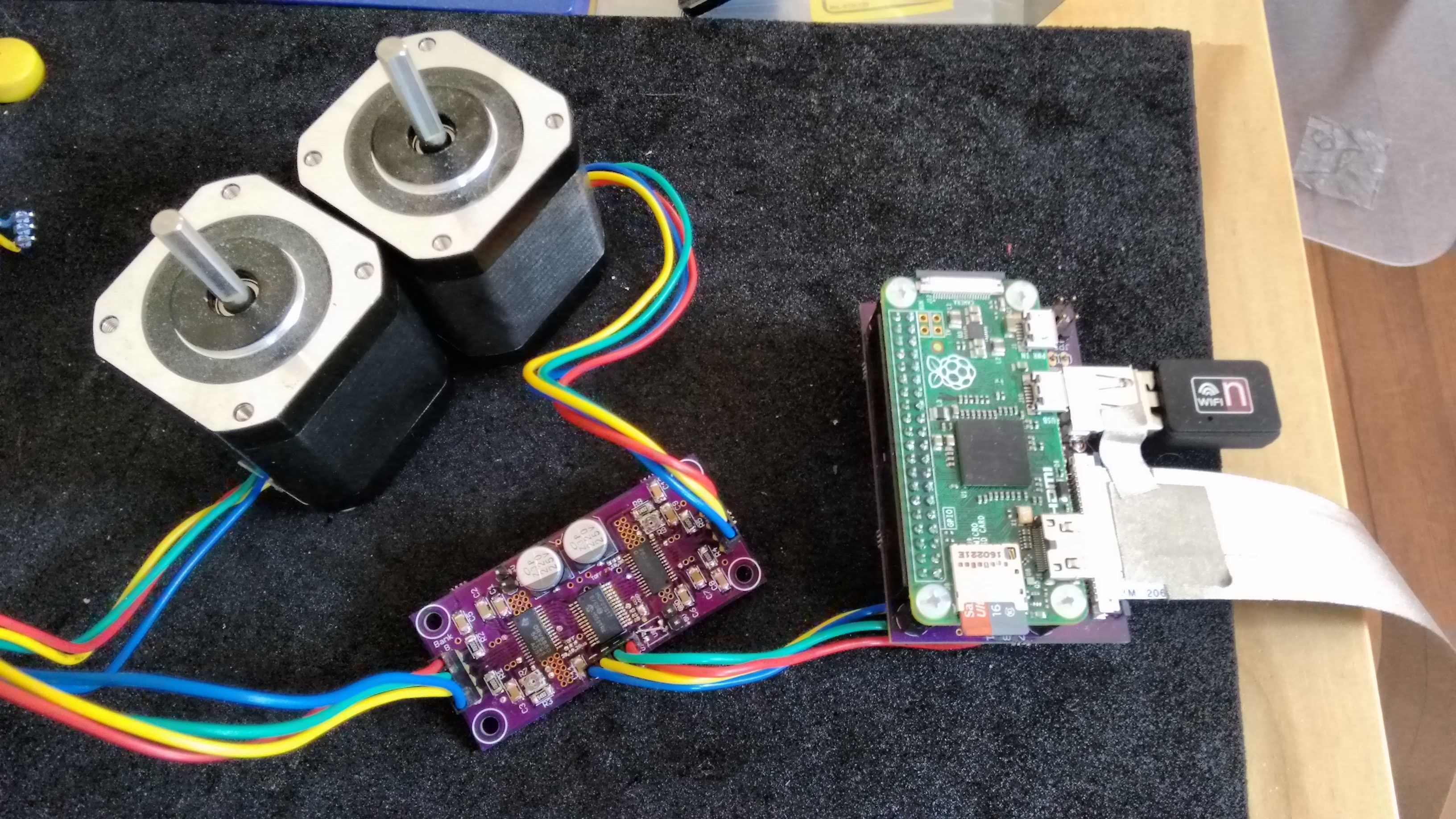
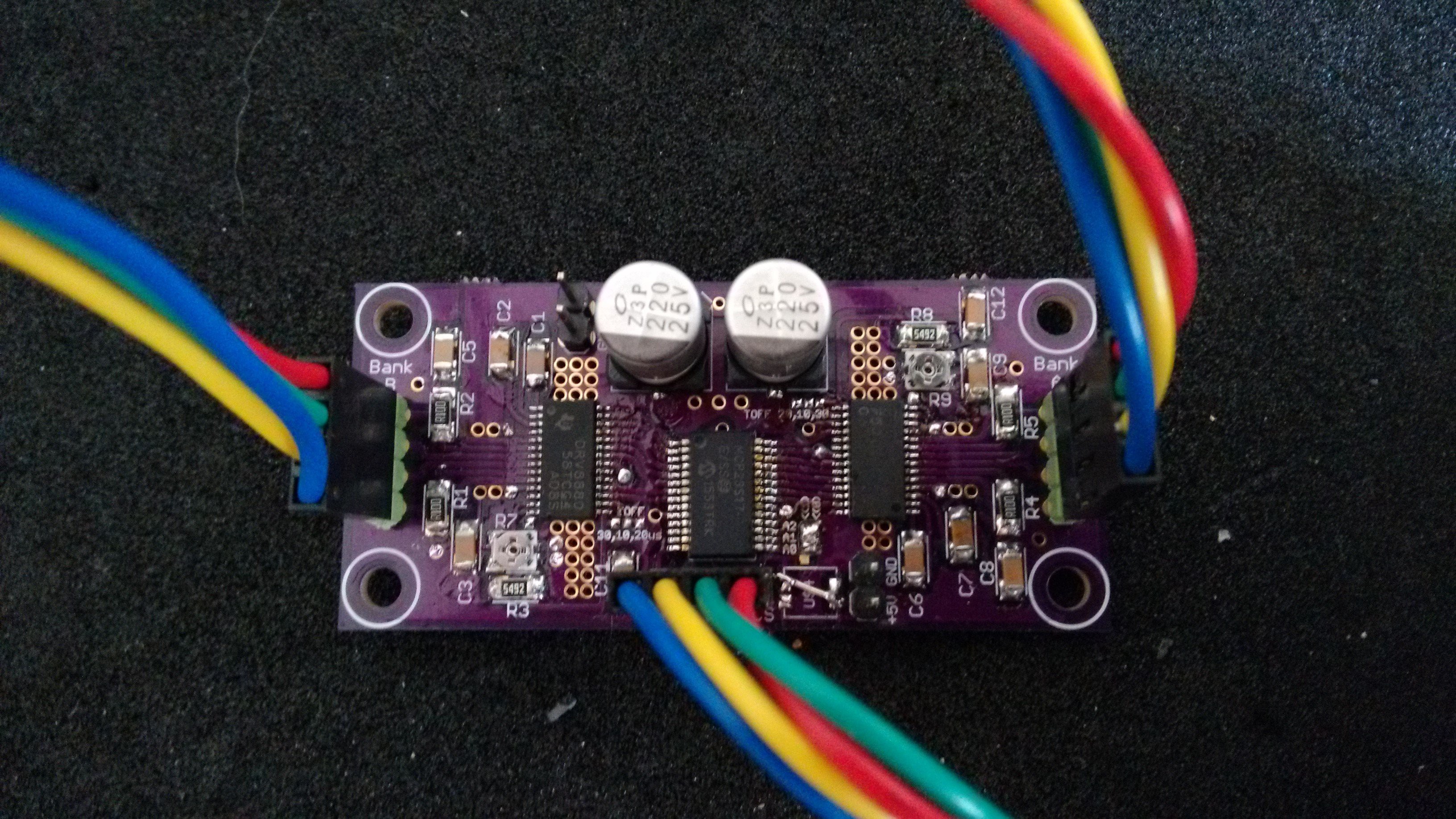
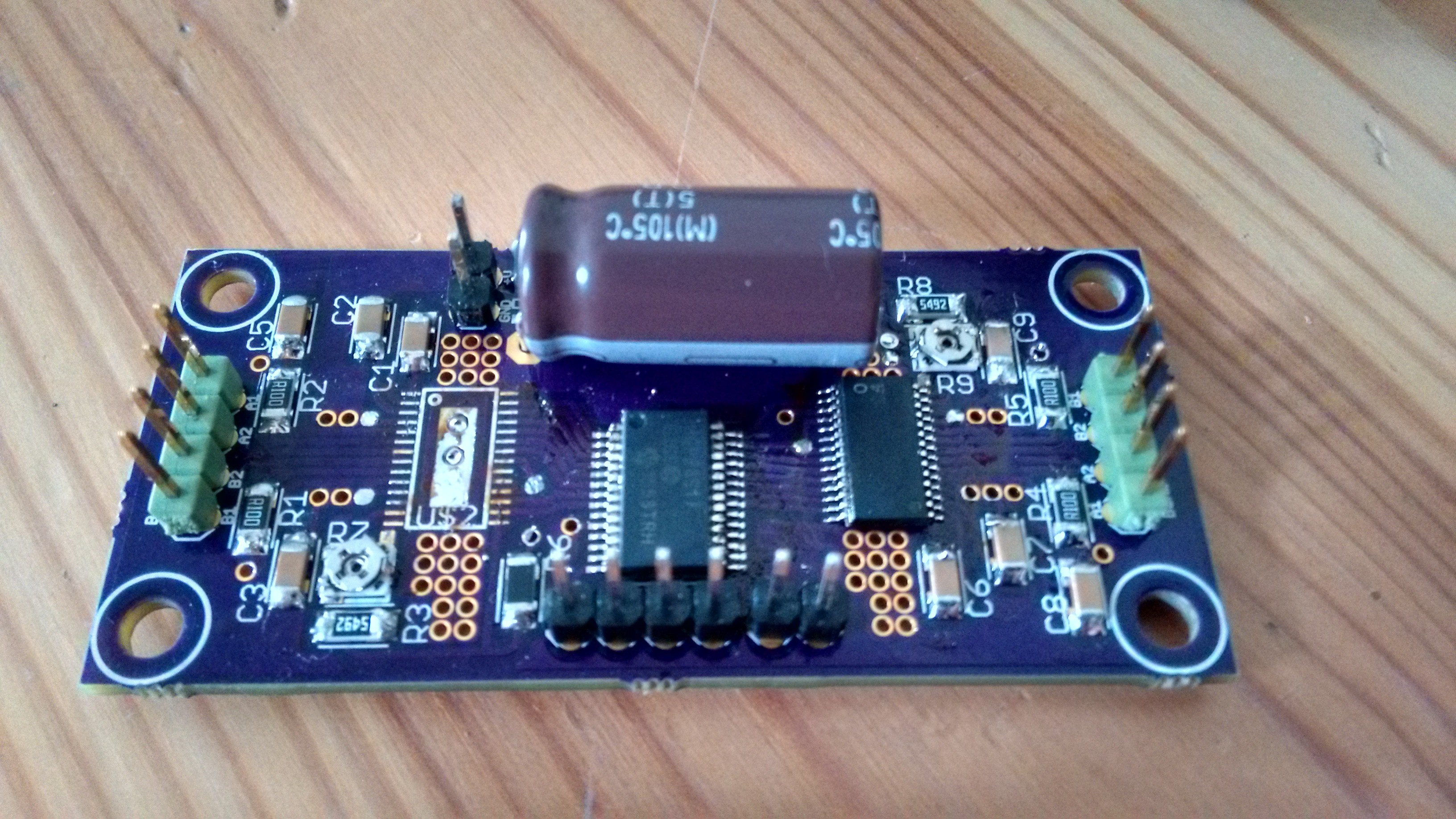
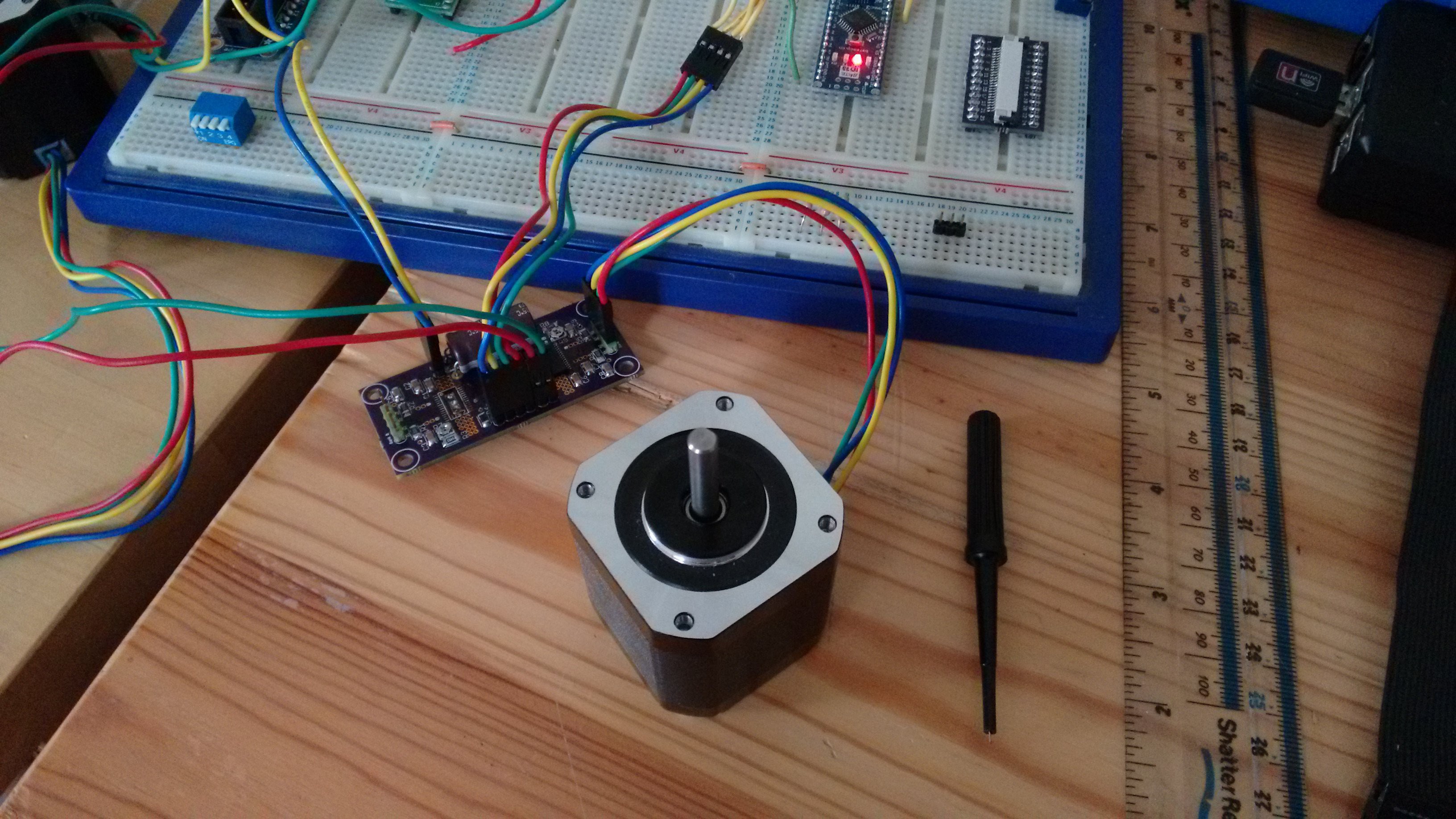
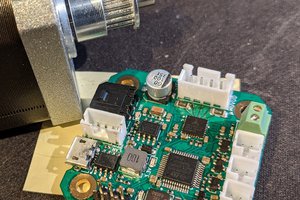
 Pontus Borg
Pontus Borg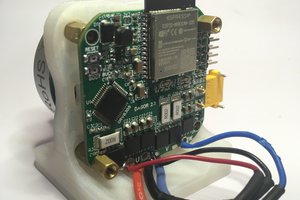
 David Gonzalez
David Gonzalez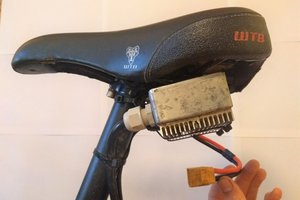
 Rory
Rory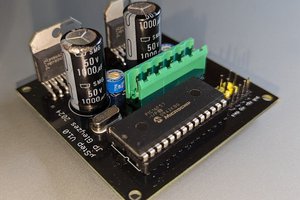
 JP Gleyzes
JP Gleyzes